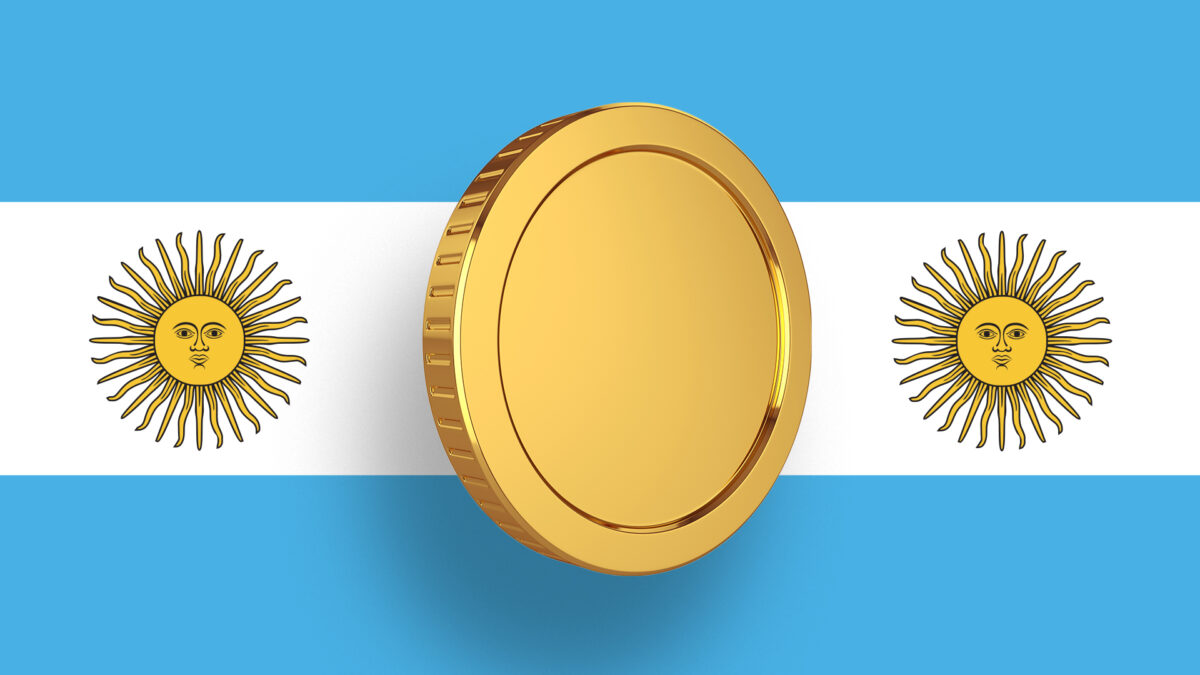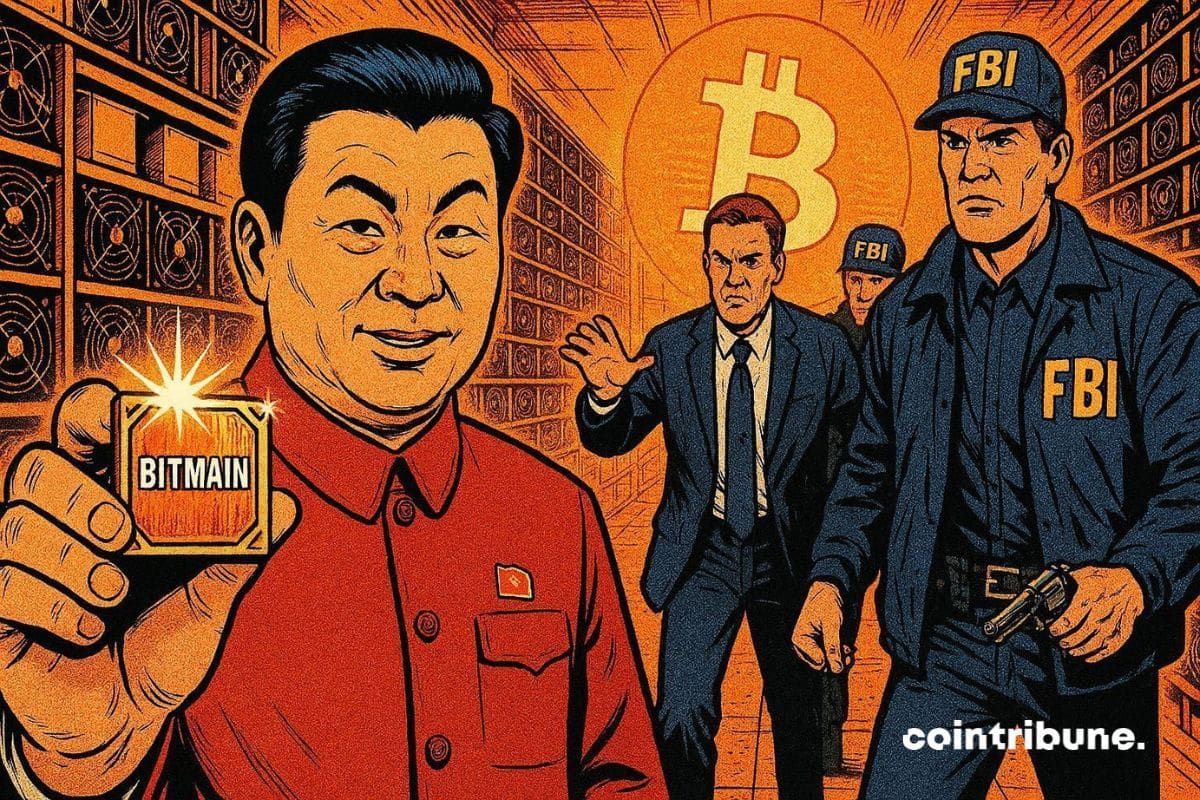Argentina's Milei provided 'essential collaboration' for Libra project, congressional report finds
Quick Take An Argentine congressional committee has released its final report on the $LIBRA token collapse, alleging a pattern of state-backed crypto promotion. The opposition-led committee claims President Javier Milei provided “essential collaboration” for the project and suggests the behavior warrants an evaluation for misconduct in office. New findings link similar trading patterns to the previously launched KIP Protocol.

An investigative committee within the Argentine Chamber of Deputies has released a scathing final report on the collapse of the Libra cryptocurrency, recommending that the National Congress evaluate whether President Javier Milei incurred "misconduct in office" for his role in promoting the token.
Milei had promoted the Libra cryptocurrency , intended to bootstrap funding into domestic small businesses, with an X post from his personal account that he later deleted after 8 wallets related to the Libra team cashed out $107 million.
The report, titled "$LIBRA WAS NOT AN ISOLATED EVENT," concludes that the widespread losses associated with the token were not merely the result of poor oversight, but arguably the result of a "deliberate will to evade institutional controls."
A summary of the 200-page report's final considerations, provided to The Block by Juan Marino, an Argentine politician and the secretary of the investigative committee, concluded, "Javier Milei involved the presidential investiture to allow the alleged $LIBRA scam to effectively take place: without his tweet, $LIBRA would not have had the volume of purchases it did."
Milei has denied wrongdoing in the scandal and, in May, disbanded an investigative task force set up by his office to probe the Libra scandal and its connections to Milei and his sister, Karina Milei, days after a judge asked Argentina's Central Bank to unseal both the president's and his sister's bank accounts.
Milei and the Libra founders, including American entrepreneur Hayden Davis, are facing a judicial investigation in Argentina, as well as a class action lawsuit from Burwick Law, a New York-based firm specializing in cryptocurrency scams.
The report alleges that 114,410 wallets lost money trading Libra.
A "pattern" of misbehavior
While the Libra collapse in February 2025 drew the most international attention, the committee’s report outlines a pattern of behavior beginning months earlier. Investigators flagged the launch of the KIP Protocol in December 2024 as a factual precedent.
According to the committee, President Milei publicly validated KIP shortly before its liquidity pools were drained, a sequence of events that repeated with $LIBRA. On-chain analysis cited in the report alleges that operator Manuel Terrones Godoy converted $KIP tokens to USDT and transferred funds to associate Mauricio Novelli on the same day as the token’s public launch.
The committee stated that this repetition "makes plausible the hypothesis" that the administration systematically bypassed technical bodies like the National Securities Commission (CNV) to facilitate these projects.
"In both cases, the cryptocurrencies were launched after having received some type of public validation by the President of the Nation, after which the liquidity pools were emptied, generating an abrupt drop in price," the report states.
Milei's promotion of the KIP protocol has not previously received the same level of scrutiny as the Libra scandal. "Although $KIP did not reach the repercussion of $LIBRA — given that the latter counted on sustained presidential promotion via a tweet pinned for hours—it did establish a factual and temporal precedent," the report states.
The committee also found that Milei had promoted an NFT game called "Vulcano," created by Novelli, and "CoinX," a company raided by the Judiciary in the context of a fraud investigation initiated in 2022.
Legislators from Milei's party La Libertad Avanza reportedly attended the Tuesday meeting of the investigative committee, according to El País , and " rejected the report and argued that the opposition did not secure enough support to move it forward," though the lawmakers did not present an alternate proposal.
Disclaimer: The content of this article solely reflects the author's opinion and does not represent the platform in any capacity. This article is not intended to serve as a reference for making investment decisions.
You may also like
Deconstructing DAT: Beyond mNAV, How to Identify "Real vs. Fake HODLing"?
There is only one iron rule for investing in DAT: ignore premium bubbles and only invest in those with a genuine flywheel of continuously increasing "crypto per share."

Empowered by AI Avatars, How Does TwinX Create Immersive Interaction and a Value Closed Loop?
1. **Challenges in the Creator Economy**: Web2 content platforms suffer from issues such as opaque algorithms, non-transparent distribution, unclear commission rates, and high costs for fan migration, making it difficult for creators to control their own data and earnings. 2. **Integration of AI and Web3**: The development of AI technology, especially AI Avatar technology, combined with Web3's exploration of the creator economy, offers new solutions aimed at breaking the control of centralized platforms and reconstructing content production and value distribution. 3. **Positioning of the TwinX Platform**: TwinX is an AI-driven Web3 short video social platform that aims to reconstruct content, interaction, and value distribution through AI avatars, immersive interactions, and a decentralized value system, enabling creators to own their data and income. 4. **Core Features of TwinX**: These include AI avatar technology, which allows creators to generate a learnable, configurable, and sustainably operable "second persona", as well as a closed-loop commercialization pathway that integrates content creation, interaction, and monetization. 5. **Web3 Characteristics**: TwinX embodies the assetization and co-governance features of Web3. It utilizes blockchain to confirm and record interactive behaviors, turning user activities into traceable assets, and enables participants to engage in platform governance through tokens, thus integrating the creator economy with community governance.

Aster CEO explains in detail the vision of Aster privacy L1 chain, reshaping the decentralized trading experience
Aster is set to launch a privacy-focused Layer 1 (L1) public chain, along with detailed plans for token empowerment, global market expansion, and liquidity strategies.

Bitcoin Under Pressure Despite Fed Optimism

